 Madagascar, located off the southeastern coast of Africa in the Indian Ocean, is the fifth-largest island in the world. With a population of more than 30.8 million people, Madagascar is renowned for its rich biodiversity and unique ecosystems, including the infamous lemurs and lush rainforests. Despite its natural wealth, Madagascar faces significant challenges in poverty alleviation, consistently ranking among the world’s poorest countries. Its citizens navigate poverty through various means, including subsistence agriculture, fishing and small-scale entrepreneurship, while also relying on community support networks and resilience in the face of adversity. However, the mental and emotional toll elderly poverty in Madagascar causes heavily disturbs the culture, beauty and essence of its climate and people.
Madagascar, located off the southeastern coast of Africa in the Indian Ocean, is the fifth-largest island in the world. With a population of more than 30.8 million people, Madagascar is renowned for its rich biodiversity and unique ecosystems, including the infamous lemurs and lush rainforests. Despite its natural wealth, Madagascar faces significant challenges in poverty alleviation, consistently ranking among the world’s poorest countries. Its citizens navigate poverty through various means, including subsistence agriculture, fishing and small-scale entrepreneurship, while also relying on community support networks and resilience in the face of adversity. However, the mental and emotional toll elderly poverty in Madagascar causes heavily disturbs the culture, beauty and essence of its climate and people.
Poverty and Mental Health in Madagascar
When examining the ramifications of poverty on mental and emotional well-being, it is crucial to note its pervasive role among senior citizens. According to “Face of Poverty in Madagascar,” a poverty, gender and inequality assessment that the World Bank created, “Only 2.4 percent of the population in 2010 was 65 and older, and elderly poor represented only 2 percent of the poor population.” According to ScienceDirect, “Antananarivo-Renivohitra, the capital district of Madagascar, had an estimated population of 1,275,207 in 2018 (RGPH-3, 2018), of which only 5.5% were over 60 years old.”
While the population and poverty in Madagascar predominantly have a youthful demographic, this does not mean that poverty affecting the island is not detrimental to the psychological well-being of older Malagasies. Poverty leads to food insecurity, lack of safe housing, limited employment opportunities, reduced social mobility and education disparities. The World Bank reports, “The highest prevalence of illiteracy in 2010 was among the elderly population of 64+ years old (50 percent).” Without academic instruction, obtaining secure employment becomes increasingly difficult, forcing Madagascar’s elders to pursue jobs that require less intellectual prowess and more physical stamina, a skill that diminishes with old age.
The Impact of COVID-19 on Madagascar
SARS-CoV-2 (COVID-19) arrived in Madagascar with airborne passengers traveling from Europe in March 2020. While the country took preventative measures to limit the spread of the virus, illness struck Madagascar’s population predictably targeting those of older age. According to original research conducted by BMJ Global Health, due to COVID-19, life expectancy in Madagascar has dropped by 0.8 years for men and 1.0 year for women, primarily due to increased risks of death among individuals over the age of 60. The National Library of Medicine explains, “The probability of testing positive increases with age with the highest adjusted odds ratio of 2.2 [95% CI: 1.9‐2.5] for individuals aged 49 years and older.”
Not only did the virus risk and claim the lives of Malagasy elders, but dealing with its harshness and the majority of its symptoms, “(The most common symptoms of illness onset among confirmed cases were cough (27.2%), fever (18.7%), weakness (14.7%), runny nose (13.3%), and headache (13.1%))” prevented elders from returning to their jobs and continuing to support themselves and their families. The elderly population in Madagascar, already vulnerable to nutritional issues, faced heightened anxiety due to COVID-19, as concerns about their health, life expectancy, and ability to make a living increased.
Food and Health of the Elderly in Madagascar
A 2023 study by GSC Biological and Pharmaceutical Sciences examined the food and health practices of people aged 60 and over in the urban commune of Antsirabe I and the rural commune of Andranomanelatra in the Vakinankaratra Region. The study found that while the elderly were concerned about their health, hygiene practices—such as treating drinking water and washing hands before meals—were inadequate. The evaluation of nutritional status revealed that 37.5% of elderly individuals in rural areas were underweight (BMI < 18.5), compared to 17.9% in urban areas. Factors associated with poor nutritional status included education level, housing comfort, monthly income, food expenditure, dietary diversity and average energy intake.
The MDGs
While the intersection of poverty and psychological distress presents a formidable challenge for Madagascar, addressing this issue necessitates not only measures to alleviate poverty but also immediate, sustainable solutions to safeguard emotional and mental health. The Millennium Development Goals (MDGs), as outlined in the UN’s Millennium Declaration, represent a global commitment to eradicating extreme poverty, particularly in resource-limited countries like Madagascar.
One of the key focuses of Madagascar’s efforts to meet these goals is the conservation of its natural resource base and promoting sustainable development, as emphasized in the Madagascar Action Plan. This approach acknowledges that poverty reduction is not just about economic growth but also about protecting the environment, which many rural elderly Malagasy depend on for their livelihoods. As the government has pointed out, “Madagascar cannot do it alone and should not do it alone,” underscoring the need for international collaboration to address both poverty and environmental degradation in tandem. The global partnership called for in the eighth MDG reflects the notion that overcoming poverty will require support from multiple sectors and countries, aiming for sustainable development that benefits current and future generations.
The Madagascar Action Plan
The government of Madagascar has taken strides in linking health improvements with economic growth, as outlined in the Madagascar Action Plan. The commitment to improving access to health care, especially in rural areas where elders reside and elderly poverty in Madagascar is prevalent, plays a crucial role in enhancing productivity and reducing the pressure on natural resources. With the president’s “Madagascar Naturally” vision, the country emphasizes biodiversity conservation, protect the environment and reduce poverty. Through such initiatives, Madagascar is working to ensure that its population can both thrive economically and sustain its natural resources. As highlighted, “Developing countries’ debt problems” and the need for “sustainable access to safe drinking water” are critical components that will drive Madagascar’s progress toward achieving the MDGs and alleviating poverty.
Through techniques like observing the country’s natural resource base, the effect of demographic trends on development, and the importance of health as a prerequisite for development, it fosters adaptive coping strategies and enhances mental well-being. Implementing MDGs offers promise in improving the lives of Malagasians, potentially breaking the cycle of poverty and mental health challenges, providing those of older age peace and fulfillment when dealing with mental turmoil alongside impoverishment.
– Ryley Anthony
Ryley is based in Grand Prairie, TX, USA and focuses on Good News for The Borgen Project.
Photo: Pixnio
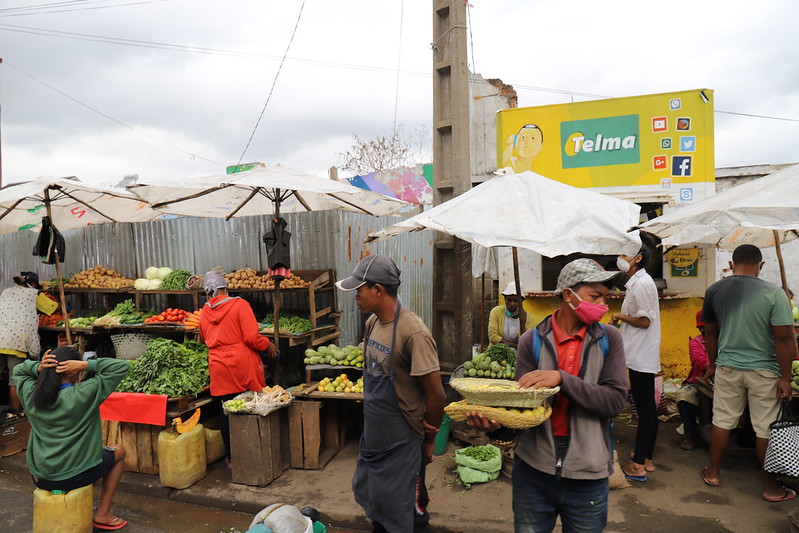 Madagascar is the world’s fifth-largest island just off the coast of Africa with a population of about 30.3 million. As of 2023, 80.7% of these 31.2 million people live in poverty. In the south and southwest regions of Madagascar, natural disasters make this number soar to about 91.2% in these areas. However, hope still exists for the citizens of Madagascar, as with the support of the World Bank Group, a new Country Partnership Framework (CPF) in Madagascar will be in effect for four years between 2023-2027. The CPF is a World Bank’s plan/strategy to amplify its goal to end extreme global poverty.
Madagascar is the world’s fifth-largest island just off the coast of Africa with a population of about 30.3 million. As of 2023, 80.7% of these 31.2 million people live in poverty. In the south and southwest regions of Madagascar, natural disasters make this number soar to about 91.2% in these areas. However, hope still exists for the citizens of Madagascar, as with the support of the World Bank Group, a new Country Partnership Framework (CPF) in Madagascar will be in effect for four years between 2023-2027. The CPF is a World Bank’s plan/strategy to amplify its goal to end extreme global poverty.

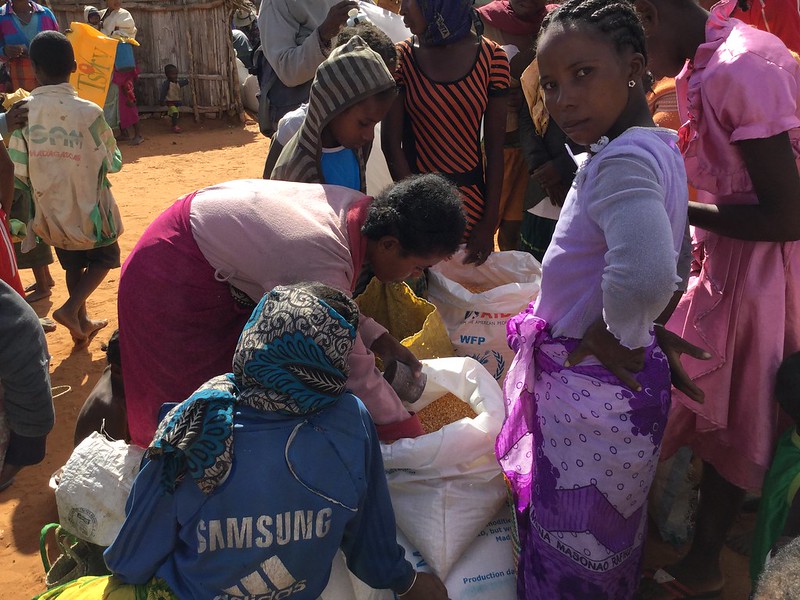


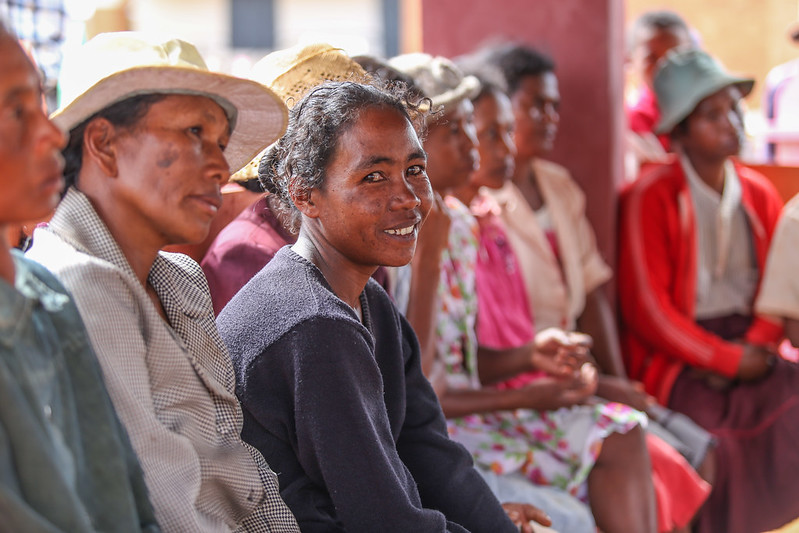
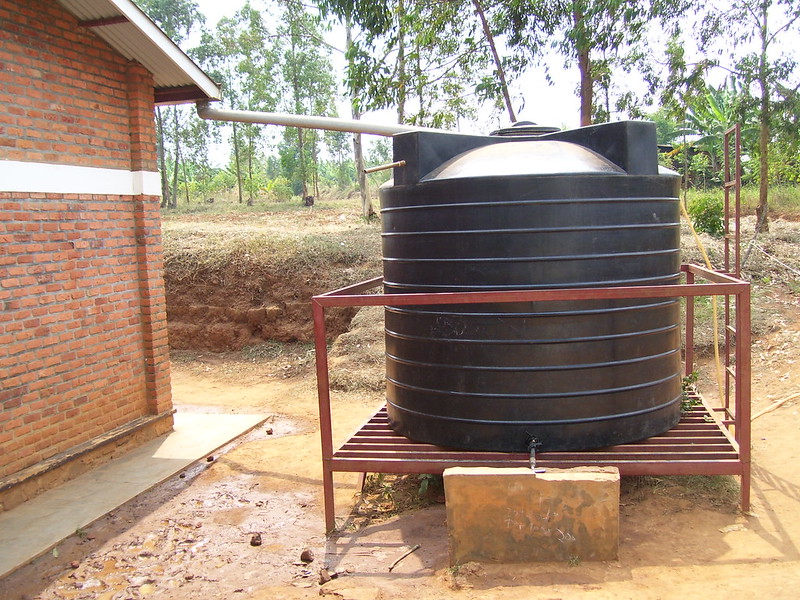
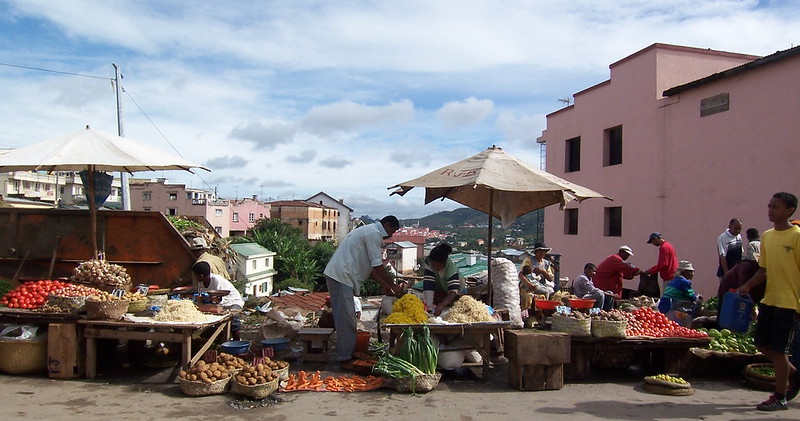 Madagascar, the world’s fifth-largest island, faces significant challenges with an estimated 80% of its
Madagascar, the world’s fifth-largest island, faces significant challenges with an estimated 80% of its 
